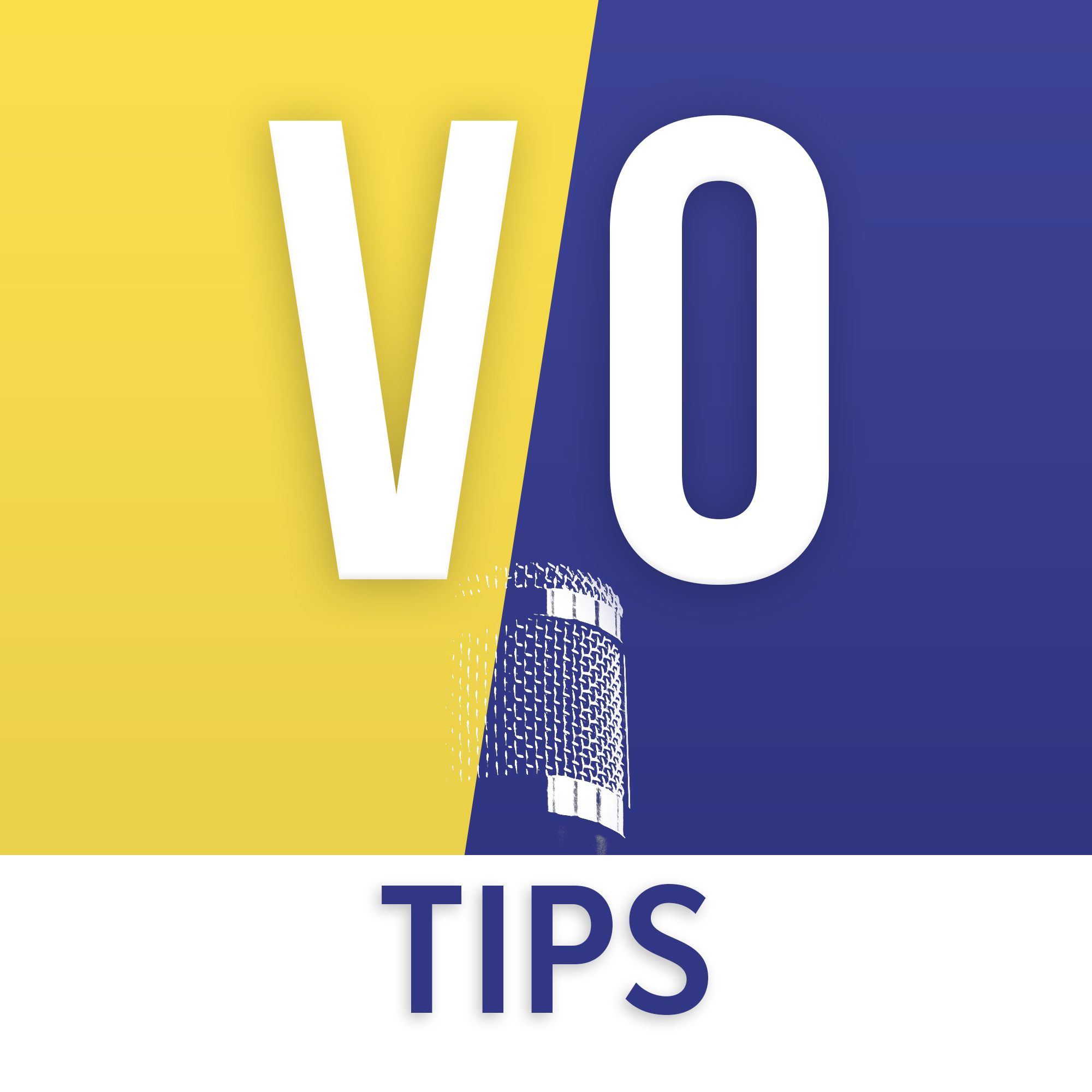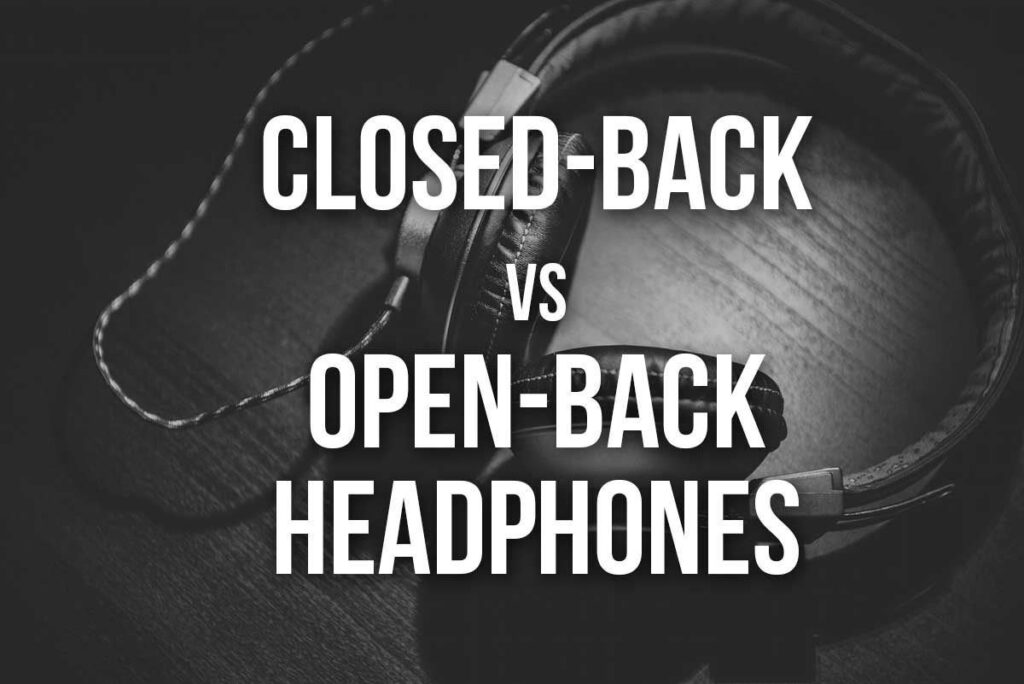With so many types and brands of headphones on the market, which ones should you choose?
Well, it depends a little on what you’ll be using them for. Let’s explore the difference between closed back vs open back headphones for voiceover work. In short, either kind can work, and you should get a style of headphone that matches your use case.
If you read the beginner’s gear guide, you may have some questions about headphones. I’ll answer some common questions about headphones right here.
Contents
Closed-Back
Closed-back headphones are what are commonly used in studio settings. Most voiceover artists and voice actors will use this type of headphone in the studio. The reason is because due to the nature of how they’re built, the driver (or speaker) in the headphone is enclosed inside the ear cup. The back of the headphone is closed.
This style is great for noise-cancellation and isolation. When you’re speaking into a microphone, you don’t want any sound to bleed from the headphones back into the mic. Bleed can cause feedback at higher volumes, but more likely will just sound like a slight echo or reverb in your recording. Not what a professional voiceover sounds like. Closed-back headphones are great for keeping sound inside, and preventing outside sound from coming in.
Most consumer headphones are closed-back. Who wants to listen to someone else’s music on the bus? That’s why closed-back is popular in the consumer market.
A lot of DJs and people working in the live music scene will use closed-back headphones if they’re working at an event. This is because the headphones offer varying degrees of isolation from the surrounding environment and can potentially prevent hearing damage from occurring as quickly in loud venues.
The tradeoff is that because the headphone is closed, there can sometimes be tiny echos inside the ear cup. Most of the time you won’t even be able to audibly hear this happening. However, it can color the sound that you’re hearing.
Pros of Closed-Back headphones
- Great for preventing bleed
- Can block outside noise
- Great for use in public and on the bus, train, plane, etc
Cons of Closed-Back headphones
- Can sometimes color the sound
- Not great for precise audio reproduction (like mixing and mastering)
Popular models
Neewer NW-2000 
Great budget model closed-back headphones with a slight bass boost. See reviews of the Neewer NW-2000 on Amazon.
Sony MDR-7506 
High-quality professional closed-back headphones. These badboys are an industry standard. See reviews of the Sony MDR-7506 on Amazon.
Srhythm NC-25 
Consumer-grade budget bluetooth/wired headphones with noise cancellation that are more suited for commuting. See reviews of the NC-25 on Amazon.
Open-Back
In the battle of closed back vs open back headphones, open-back headphones are less commonly seen in vocal booths, but are fairly common in studio settings as well. These headphones feature an ‘open’ style that doesn’t seal around the ear. The back of the headphones is open. These headphones offer an advantage in the sound-reproduction category with a couple of trade offs.
There’s less noise isolation with open-back headphones versus closed-back. The ear cup usually sits on top of the ear and doesn’t offer much (if any) isolation from outside noise. Avoid using this type of headphone in a vocal booth since the microphone will likely be able to pick up sound coming from the headphones. In an ideal environment, the microphone will only pick up sound from your voice and nothing else. No room noise, no echo, and especially no headphone bleed.
The advantage open-back headphones have is that they generally have more accurate sound reproduction qualities. Meaning the sound you hear is exactly the sound there is. No added color from harmonics or echoes inside the ear cup. Studio engineers and mixers generally prefer open-back headphones as long as they’re not near an open mic.
Pros of Open-Back headphones
- Extremely accurate sound reproduction
- Allows the listener to be aware of their environment
- Generally regarded as professional
Cons of Open-Back headphones
- No noise-isolation
- Can cause headphone bleed into microphones
- Can be more expensive than closed-back
Popular Models
Audio-Technica ATH-AD500X
These are a good option for budget-friendly open-back headphones. See reviews of the ATH-AD500X on Amazon.
Philips Audio X2HR
A great mid-range option and a widely-recognized brand. See reviews of the X2HR on Amazon.
Sennheiser HD 600
Absolutely a high-quality name brand with proven quality. These are definitely on the upper-scale for voiceover headphones. See reviews of the HD 600 on Amazon.
Bonus Selection
AKG K240 
These headphones are the best sounding ones I’ve tested. They’ve become my main mixing and editing headphones. They’re semi-open so wouldn’t be ideal for recording in the booth, but they have a very clear sound and really bring out all aspects of the audio. I highly recommend these headphones as a somewhat budget-friendly set. See reviews of the AKG K240 on Amazon.
As an Amazon Associate I earn from qualifying purchases. That means I’ll receive a small commission for purchases you make in relation to links you click on this website, but it doesn’t affect the price of the items.

